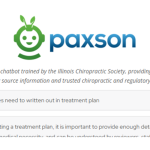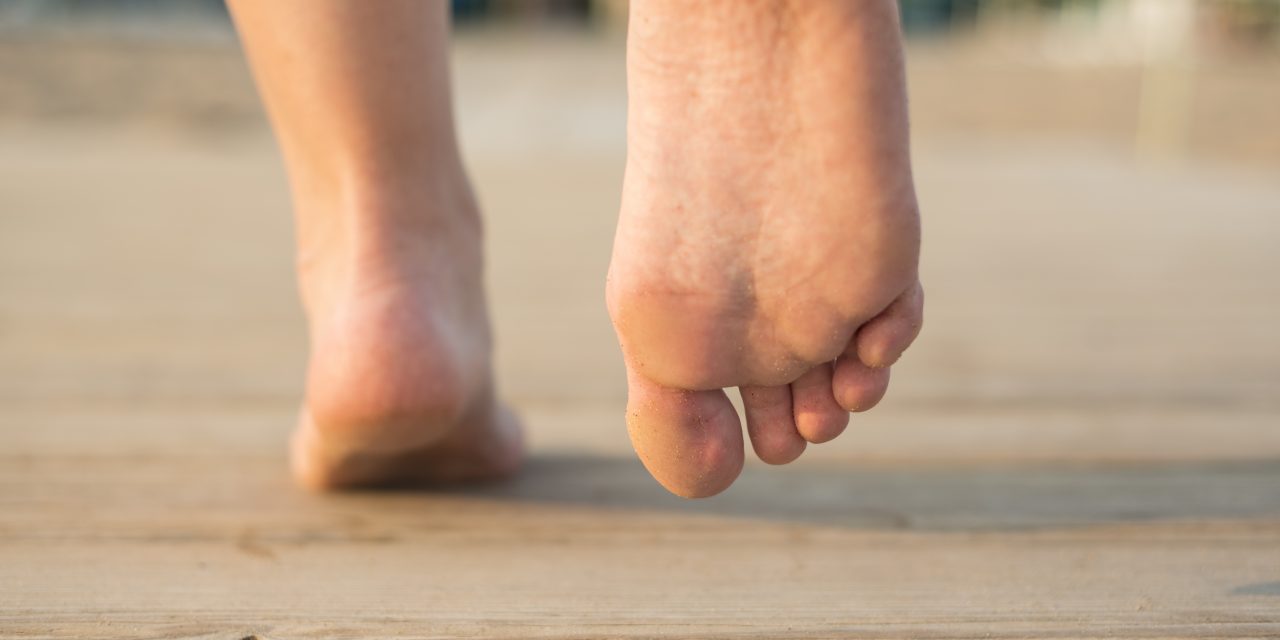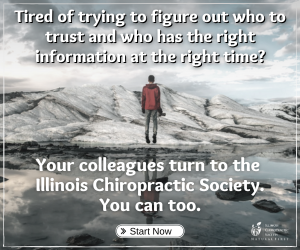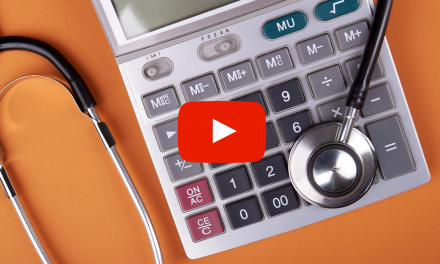
Callus Management with Orthotic Support

A callus is a raised outgrowth of skin formed of harder, thicker skin cells (keratin). Our body responds to frequent and/or sustained abrasion at pressure points by developing calluses to protect the skin from damage and breakdown. This normal process occurs on the hands of manual laborers, on the fingers of guitarists, and on the feet of athletes and non-athletes alike. Other terms for this skin thickening include keratoma and callosity. While they are usually not painful, plantar callosities will grow with repeated abrasion and interfere with normal foot function and shoe fit. The presence and location of calluses on the feet are useful indicators of abnormal pressure due to altered biomechanics and poor shoe fit. Here’s a review of current concepts regarding calluses.
Callus Formation
When the skin is exposed repeatedly to shearing or friction stress, a protective layer of keratin is laid down. This prevents damage to the skin and prepares it to handle further pressure and abrasion. In fact, these are sometimes also called “friction calluses”. Keratomas frequently develop under weight-bearing areas of the foot as a result of abnormal loading. As they continue to enlarge in response to the recurrent stress, they can themselves contribute to elevated foot pressures. (1) Callosities are relatively common in most adult populations; a population survey in Britain found that 48% of females aged 25-44 years displayed plantar callus, and the prevalence increased to 56% in the 45-64 age group. (2)
Abnormal Biomechanics
Since plantar callosities form in response to sustained pressure patterns, they provide helpful clues regarding alterations in foot function. Most commonly, these are seen in either the forefoot, (in the metatarsal region), or under the anterior (distal) aspect of the heel. (3) This pattern (under the transverse arch and at each end of the medial longitudinal arch) used to be taken to indicate that most calluses are caused primarily by arch collapse and/or excessive pronation. In fact, a 1999 study confirmed that callus formation is closely associated with several specific “abnormal foot weight-bearing patterns.” These are a lower medial arch with greater pronation, reduced dorsiflexion of the first metatarsal joint, and limited ankle dorsiflexion (due to calf muscle tightness). (4)
If there is a large difference in the patterns of callus formation on the left and right foot, this indicates significant foot and ankle asymmetry and may be associated with a discrepancy in leg length or other biomechanical difference. And when a thick callus is found at the medial plantar aspect of the great toe (or occasionally at the lateral fifth metatarsal), it is called a “tyloma.” These are secondary to altered toe-off and excessive propulsive forces, often combined with abnormal pressures due to poor shoe fit. (5)
Concerns About Calluses
While it seems pretty clear that most keratomas develop secondary to altered biomechanics, and that proper treatment should consist of improving foot alignment and function, there are two other areas that must be considered. First is the importance of calluses in patients with diabetes, and second is the differentiation of a plantar wart from a callus.
Diabetes. A highly significant association has been demonstrated between the presence of plantar callus and the subsequent formation of neuropathic ulceration in diabetics. (6) Since the process of ulceration and infection can rapidly progress to amputation in diabetics, the identification of plantar calluses in diabetics is especially critical. All chiropractic patients with diabetes (or with “pre-diabetes” – obesity) should be carefully evaluated for the presence of foot keratomas, in order to develop an early treatment response and help prevent pressure ulceration.
Plantar warts. It is also very important to differentiate callosities from plantar warts. Warts on the plantar surface of the foot are due to a viral infection and are less likely to respond to a purely biomechanical treatment. Two factors help to make this distinction – tenderness and cutaneous mobility. Calluses are usually tender to direct pressure, but not to pinching, and they do not separate from the underlying tissues. On the contrary, plantar warts customarily are not tender to pressure but are painful upon pinching, and warts usually can be separated from the surrounding tissues during palpation. (7)
Orthotic Management
Since callus formation is primarily a biomechanical problem, the treatment is also biomechanical. Custom-made, flexible orthotics worn in properly sized shoes will clear up most problems. These orthotics should provide support for the longitudinal and anterior transverse arches. They should also help to control pronation, yet be flexible enough to encourage first metatarsal mobility. The material and placement of the metatarsal arch support are very important. If it is placed too far back (too proximal) or made too spongy, the decrease in metatarsal pressure is less likely to be sufficient. (8)
Forefoot adjustments for “dropped” and/or fixed metatarsal heads are frequently needed. Patients with limited ankle dorsiflexion may need specific adjustments for the talus, along with calf muscle stretches. In a few patients, a very large, thick callus may require podiatric surgical removal. Of course, if the foot biomechanics are not improved, the callus will tend to recur.
Conclusion
When a good patient exam reveals foot calluses, the astute doctor of chiropractic will realize that these are clues to abnormal biomechanical function. And often, spinal corrections will be only partially successful until the lower extremity problems are addressed. Custom-made orthotics that support the three arches of the foot are frequently necessary for these patients. By decreasing excessive pronation, and increasing the transverse arch with a properly placed metatarsal pad, an orthotic reduces the abnormal stresses. Specific foot adjustments and calf stretches are often also very helpful. The result will be improved lower extremity function in daily and recreational activities, with better pelvic and spinal alignment. And isn’t this what wellness health care is all about?
About The Author
A 1980 graduate of Logan College of Chiropractic, Dr. John Hyland has practiced for more than 20 years in Colorado. In addition to his specialty board certifications in chiropractic orthopedics (DABCO) and radiology (DACBR), Dr. Hyland is nationally certified as a strength and conditioning specialist (CSCS) and a health education specialist (CHES). He now consults chiropractors in the concepts and procedures of spinal rehabilitation and wellness exercise.
References
- Whiting MF. Skin and subcutaneous tissues. In: Lorimer D, ed. Neale’s Common Foot Disorders, 4th ed. Edinburgh: Churchill Livingstone, 1993; 93-121.
- Brodie BS et al. Wessex feet: a regional foot health survey. The Chiropodist 1988; 43:152-168.
- Magee DJ. Orthopedic Physical Assessment. Philadelphia: WB Saunders, 1987; 323.
- Bevans JS, Bowker P. Foot structure and function: etiological risk factors for callus formation in diabetic and non-diabetic subjects. The Foot 1999; 9:120-127.
- Subotnick SI. Sports Medicine of the Lower Extremity. New York: Churchill Livingstone, 1989; 232.
- Murray HL, Boulton AJM. The pathophysiology of diabetic foot ulceration. Clin Podiatr Med Surg 1995; 12:1-17.
- Hoppenfeld S. Physical Examination of the Spine and Extremities. New York: Appleton-Century-Crofts, 1976; 220.
- Hayda R et al. Effect of metatarsal pads and their positioning: a quantitative assessment. Foot Ankle Int 1994; 15:561-566.

















